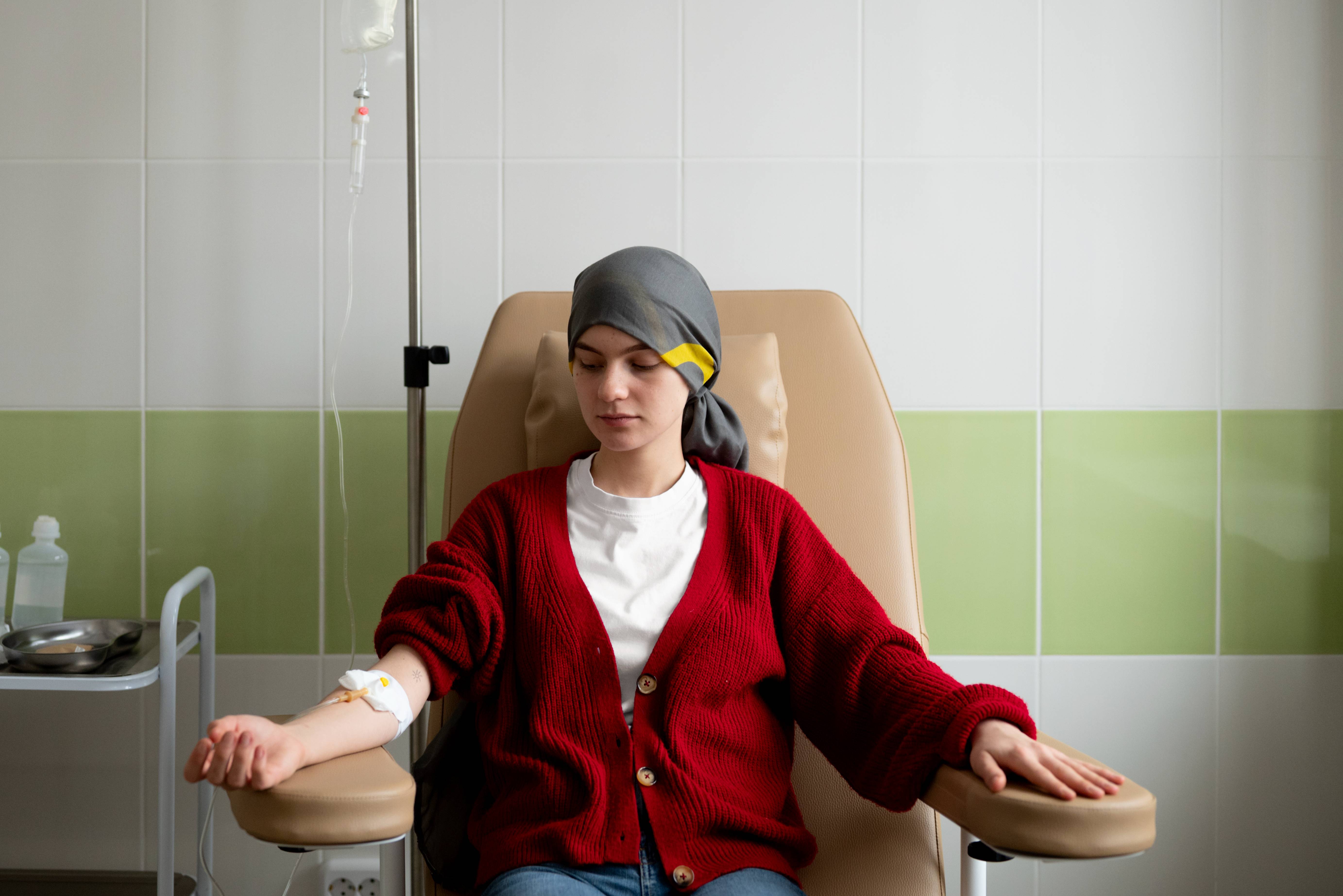Physiotherapy Post Chemotherapy
Physiotherapy post-chemotherapy is a specialized approach aimed at addressing the physical challenges and side effects that individuals may experience after undergoing chemotherapy treatment for cancer. The goal is to enhance overall well-being, restore functional abilities, and improve quality of life.
Individuals often experience fatigue as a common side effect of chemotherapy. Physiotherapists design programs that incorporate energy conservation strategies and gradual, tailored exercises to manage fatigue.

Chemotherapy can lead to muscle weakness and overall deconditioning. Physiotherapy interventions focus on progressive strength training exercises to rebuild muscle strength and improve endurance.Chemotherapy may impact balance and coordination. Physiotherapists incorporate exercises targeting balance and proprioception to reduce the risk of falls and enhance overall stability.
# Key Aspects of Physiotherapy Post Chemotherapy:
- Physiotherapy post-chemotherapy addresses physical challenges and side effects, aiming to enhance overall well-being and restore functional abilities.
- Fatigue management programs incorporate energy conservation strategies and tailored exercises to address chemotherapy-related fatigue.
- Strength training exercises are designed to counteract muscle weakness and deconditioning following chemotherapy.
- Balance and proprioception exercises reduce the risk of falls and improve overall stability impacted by chemotherapy.
- Physiotherapy addresses peripheral neuropathy with sensory integration exercises to improve nerve function.
- Manual therapy techniques and exercises are employed to manage joint stiffness and improve range of motion.
- Pain management strategies, including manual therapy and therapeutic exercises, help alleviate discomfort associated with chemotherapy.
Peripheral neuropathy, characterized by numbness or tingling in the extremities, is a common side effect. Physiotherapy includes sensory integration exercises and gentle activities to improve nerve function.
Chemotherapy can contribute to joint stiffness and reduced range of motion. Physiotherapists employ manual therapy techniques and specific exercises to address these issues and improve joint mobility.
Individuals undergoing chemotherapy may experience pain. Physiotherapy includes pain management strategies such as manual therapy, stretching, and therapeutic exercises to alleviate discomfort.
Cardiovascular fitness may be compromised during chemotherapy. Physiotherapists design individualized cardiovascular conditioning programs to improve heart health and overall endurance.
Book Now